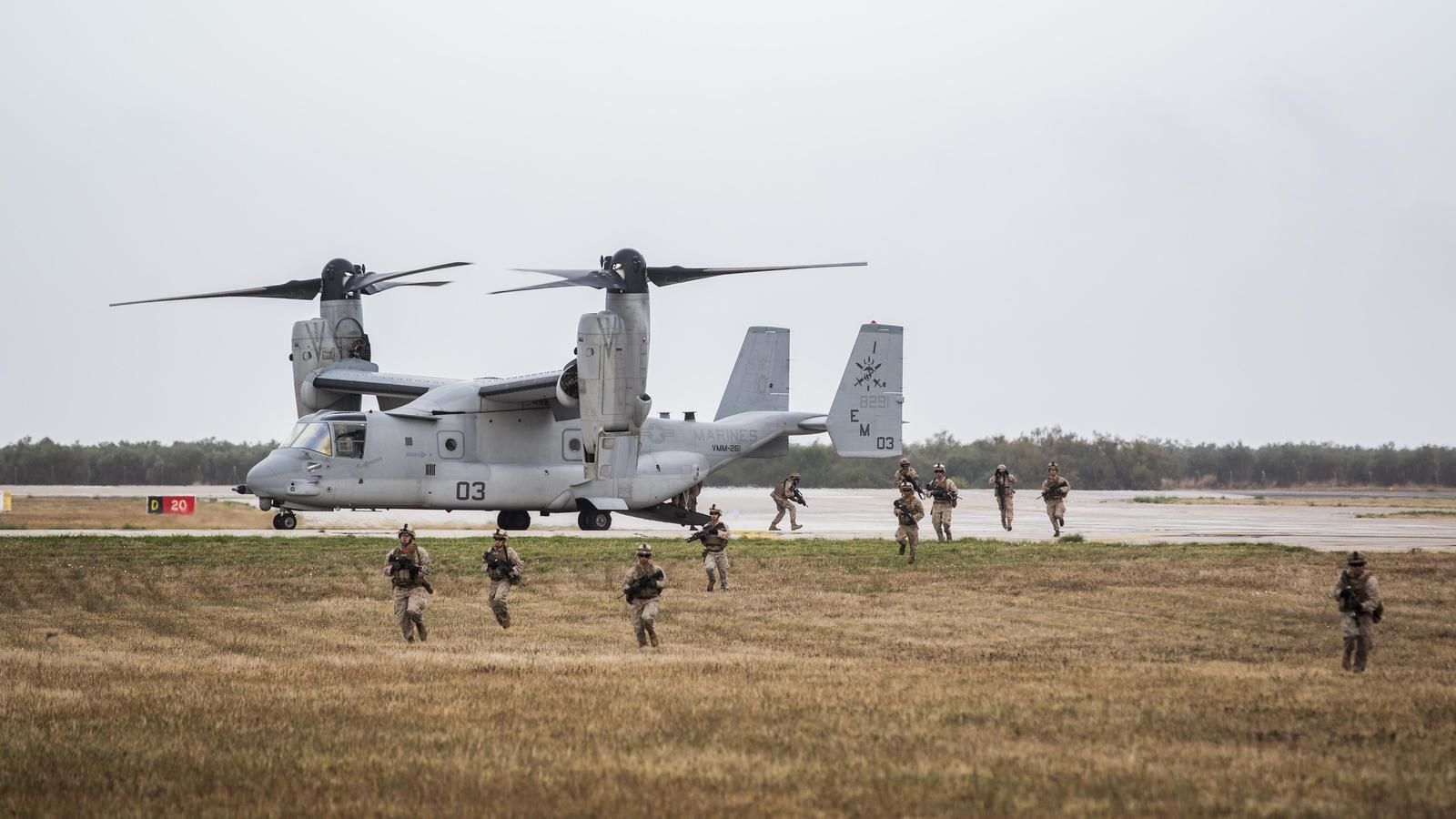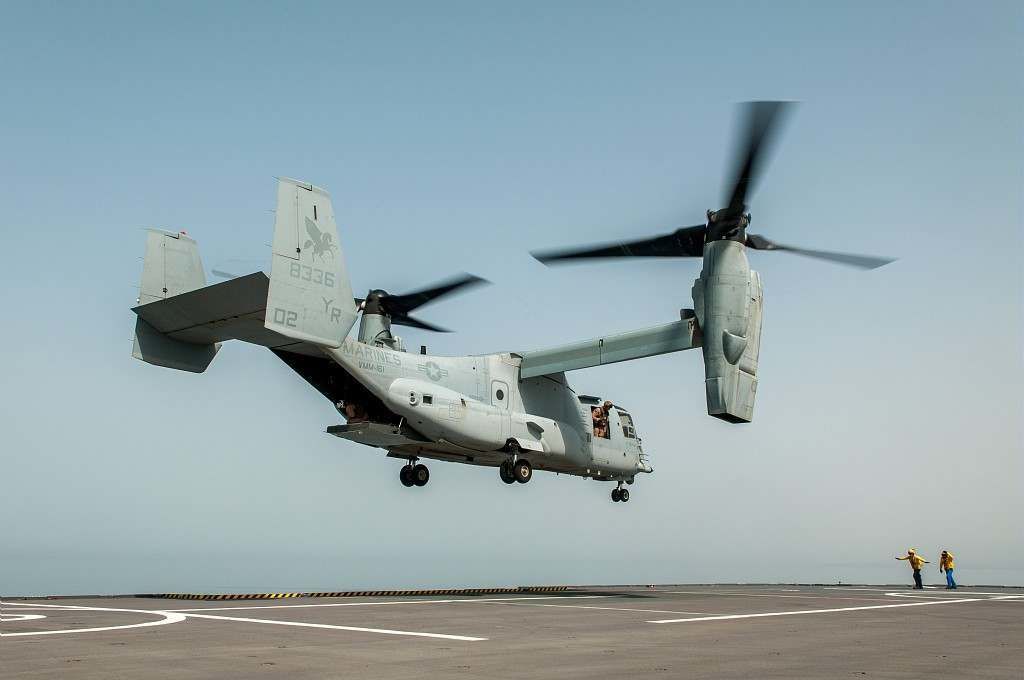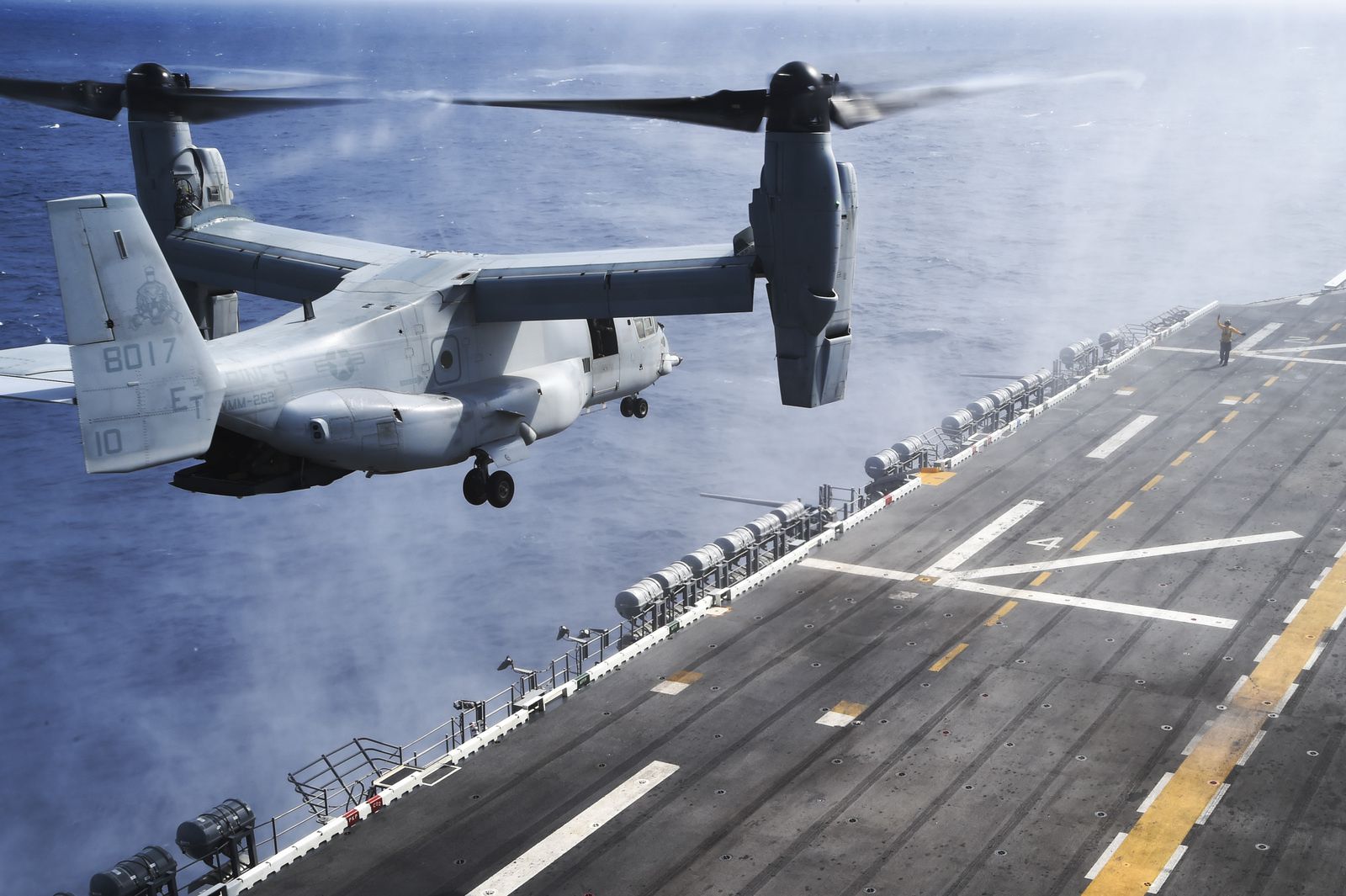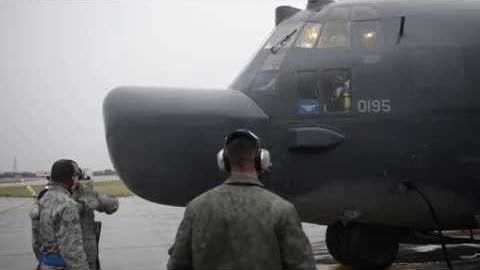09.09.2011 DEFENSETECH
Being part of Military.com, it wouldn’t be right if we here at DT didn’t do something to recognize the ten-year anniversary of 9/11. We figured we’d list off some of the most significant advances in weaponry that have occurred over the last decade — some driven by the wars spawned by that day, some independent of them. We gradually saw a shift away from extremely high-end weaponry designed to defeat major armies in favor of tech that could be fielded quickly and rapidly adapt to the needs of “low intensity” warfare. Case in point; the F-22 Raptor buys being cut while buys of relatively low-tech drones and propeller-driven ISR planes were dramatically increased . However, now that those wars are winding down, we may see a return to high-end tech at the cost of low-end tech.
You’ll find our list below, set up in no particular order. We’ve kept it to major weapons systems that have become operational in the last decade. Feel free to add your own suggestions in the comments.

The rise of unmanned vehicles: Yes, UAVs existed before 9/11 but the wars in Iraq and Afghanistan saw them pressed into mass production as full-on spy planes and attack aircraft that are in the process of replacing manned aircraft. When the U.S. invaded Afghanistan in November, 2001, the Pentagon had less than 100 of the early model MQ-1 Predators and it had yet to master the art of using them in combat. By early February 2002, Predators armed with Hellfire missiles were killing al Qaeda operatives, the beginning of the controversial drone bombing campaign that garners so much attention today. Soon after, the Pentagon would unleash the Predator’s bigger brother, the MQ-9 Reaper and field the RQ-4 Global Hawk — though, the Global Hawk still hasn’t replaced the U-2 Dragon Lady as Air Force planners had hoped would have happened by now. Don’t forget the dozens of micro-UAVs operated by small units of troops on the ground giving them unprecedented situational awareness. Hundreds of UAVs of all sizes have now joined the fights in the Middle East and are seen as one of the most important weapons in the U.S. arsenal. A few years ago, the demand for UAVs in Iraq and Afghanistan became so high that the Air Force began pulling pilots from fighter planes to fly UAVs. As the second decade of the 21st Century begins, we’re seeing the development and fielding of stealthy, jet-powered drones like the Navy’s X-47B and UCLASS planes that are designed to perform high-end strike and reconnaissance missions that were always the domain of the manned-aircraft. Keep in mind that the robot planes have been joined by thousands of ground robots that are doing everything from explosive ordnance disposal to scouting for bad guys. Just recently, the Army announced that it is sending robotic jeeps to Afghanistan to haul soldiers gear on patrols.

Advances in electronic warfare: As U.S. troops began to fall victim to Improvised Explosive Devices in Iraq, the Pentagon scrambled to find ways to defeat the insurgents weapon of choice. While up-armored Humvees and eventually MRAPS were fielded in the fight against IEDs military officials began applying electronic warfare in ways they had never planned. Hundreds of millions were spent developing a range of vehicle-mounted and handheld IED jammers (some worked others were notoriously bad) that were carried on the deadly Middle Eastern roads. Navy EW personnel were put in land billets to share their expertise with troops on the ground in Iraq and Afghanistan. Even the Air Force’s big spy planes were brought into the effort. The RC-135 Rivet Joints helped intercept insurgent communications. The E-8 Joint STARS used their powerful ground-scanning radars, originally designed to spot Soviet tank columns, to find disturbances in the earth where insurgents had buried bombs. Even the EC-130 Compass Call was pressed into service using its electronic attack gear to prematurely detonate IEDs. All sorts of new EW technology has been developed with the aim of identifying enemy signals, hacking insurgent communications and disrupting electronic IED detonation tech. This surge of EW gear and a steep learning curve led to the Pentagon eventually dominating the electronic landscape of Iraq — eventually, special operators, the CIA and the NSA were able to listen to all communications in the country as they systematically dismantled bomb making networks and insurgent groups. Not surprisingly, the success of EW in targeting insurgents and defeating IEDs in Iraq has led to Afghan insurgents moving toward more low tech bombmaking techniques. Still, you can bet the advances made in EW over the last decade (many of which are classified) will no doubt continue to influence the ways wars are fought. Don’t forget that work on high-end jammers, like the F-35 Joint Strike Fighter’s Next Generation Jammer built for the 21st century also continues.

The MRAP: As we mentioned earlier, the fight against IEDs led to the fielding of an entirely new class of ground vehicle for the U.S. military when the thin-skinned yet highly-mobile Humvees proved far too vulnerable to explolsives to use on patrol. A vehicle was desperately needed that could carry infantry troops yet provide them levels of protection normally afforded by heavy armored vehicles like tanks. Enter the MRAP. As you know, they’re big trucksvcentered around blast deflecting hulls and lots of armor. Now, we’re seeing the design scaled down to accommodate the terrain in Afghanistan that limits the use of big trucks. We’ll see how many of them the military hangs on to after the Iraq and Afghan conflicts end — though, many of the lessons learned from fielding MRAPs are being incorporated into the Joint Light Tactical Vehicle, one of the trucks that will replace the Humvee.

Cyber warfare: We write about it all the time here at DT. It’s gone from something no one talked about to becoming a universally fretted about topic. We see new reports of cyber espionage, hacking and full on attacks every week. The Stuxnet virus unleashed against the Iranian nuclear program is a great example of a full on cyber attack that had physical results. With technology so widely available, many worry that almost any rouge group or a nation state will be able to cripple a nation’s critical infrastructure. Before 9/11, heck before 2006–7 it was hard to get senior leaders at the Pentagon to take the cyber threat seriously. However, in the last few years, we’ve seen all four services establish cyber fighting arms and watched as the Pentagon stood up U.S. Cyber Command.

Fifth generation fighters: On 9/11 the USAF’s most potent fighter was arguably the F-15 Eagle. In 2005, the F-22 Raptor became operational ushering in a new era in manned aerial combat. Many believe it’s hands-down the best fighter ever built. However, with the last decade’s focus on irregular warfare, the Raptor came under fire as a jet that was built to meet threats that never materialized and former Defense Secretary Robert Gates cut the Raptor buy to 187 jets. Adding insult to injury, the plane has yet to see combat and has been grounded for months now due to problems with toxins seeping into its oxygen system. Still, opened the door for the development of not only the F-35 Joint Strike Fighter but fifth gen planes around the world like Sukhoi’s T-50 PAK FA and China’s J-20. It remains to be seen how all of these planes with their stealth designs, high-speeds and maneuverability and most importantly their advanced sensors and EW gear will change air warfare around the globe.

Tiltrotor tech: Like the Raptor, the V-22 Osprey wasn’t out of testing on 9/11. However, by the end of the decade, the Osprey has become an integral part of the U.S.’ vertical lift fleet after decades of development troubles that garnered it a ton of critics. The revolutionary birds can fly at near-C-130-speeds to targets far beyond the range of most helicopters and then swoop in for a vertical landing. This has opened up a range of options to mission planners that were never before available. Since their first combat deployments in 2008, Marine Corps MV-22s and Air Force CV-22s have been used to do everything from CSAR missions in Libya to special operations raids in Afghanistan, carrying bin Laden’s body to the U.S.S. Carl Vinson and even ferrying the Secretary of Defense around the ‘States. And yes, they’ve seen real combat. Still, the Ospreys have experienced teething problems, particularly with dust and sand seeping into their massive engines, leading to higher than normal maintenance rates.

The Littoral Combat Ship: Yup, these little ships have finally come on line and the Navy is going to buy both classes of LCS for a minimum of 22 ships. We’ll see how the prove themselves since they have yet to recieve their full weapons suites or work out all the problems with their plug-in mission modules. Oh, and they’ve had some issues with corrosion. Still, Navy officials have high hopes for the controversial vessels which they see as extremely flexible platforms for fighting close to shore.

Soldier tech: From more advanced body armor and flame resistant uniforms and sweet mountain boots (for troops in Afghanistan) to better radios and the XM-25 counter-defilade grenade launcher, ground troops have received numerous and often life-saving advances in their individual gear over the last decade. For more on how the grunt’s gear has evolved since 9/11 check out this piece at sister site, Kit Up!
We could go on about everything from the Small Diameter Bomb and the M982 Excalibur guided artillery round to new blue force tracking tools and data sharing devices (we should also mention the Army’s Stryker armored vehicle that came online very soon after 9/11), and we’re sure you can too, so please do in the comments.








/image%2F0547456%2F20150720%2Fob_a66a0f_chiens-jaunes-francais-et-americains.jpg)
/image%2F0547456%2F20150720%2Fob_788145_v-22-de-l-uss-essex-photo-f-de-fey.jpg)
/image%2F0547456%2F20150720%2Fob_0608aa_v-22-de-l-uss-essex-photo-f-de-fey.jpg)
/image%2F0547456%2F20150720%2Fob_514bdc_v-22-de-l-uss-essex-photo-f-de-feyd.jpg)
/image%2F0547456%2F20150720%2Fob_35f9fa_v-22-decollage-du-pont-d-envol-du-b.jpg)
/image%2F0547456%2F20150720%2Fob_333d73_v-22-sur-le-pont-d-envol-du-bpc-dixm.jpg)



























